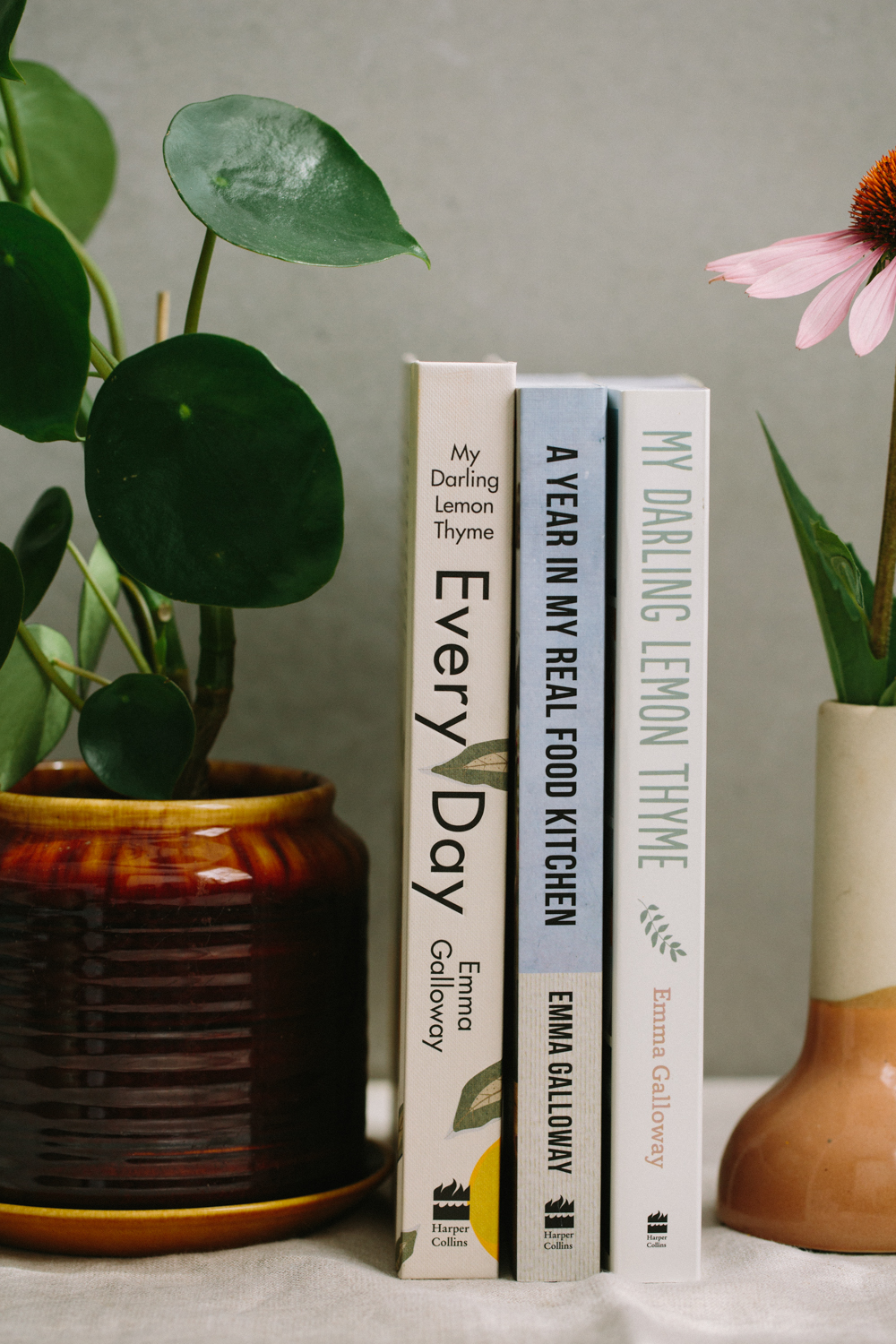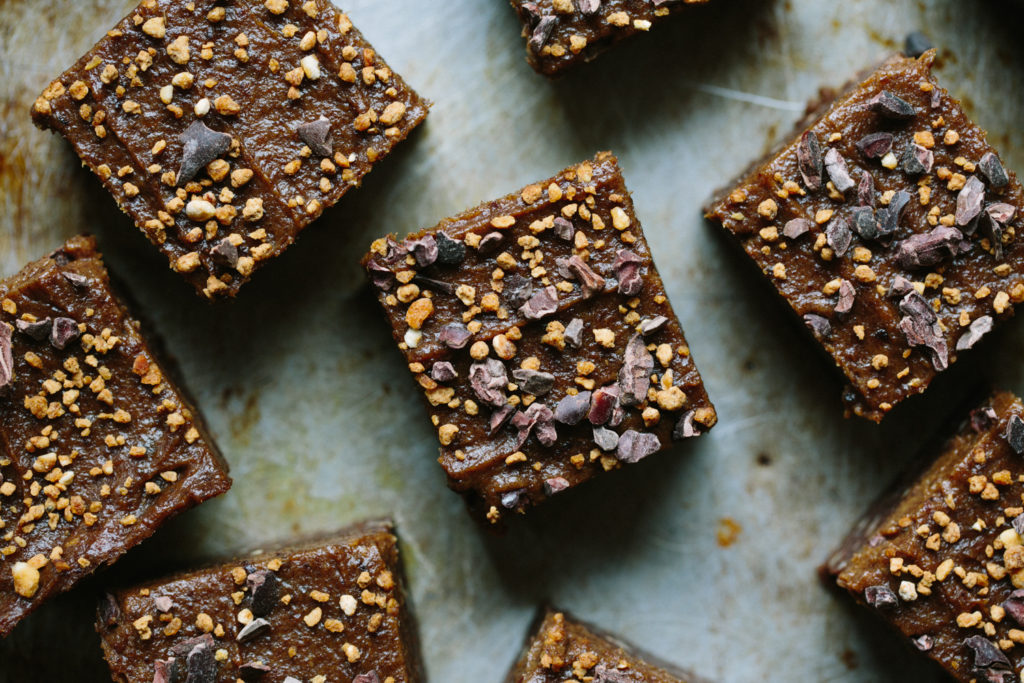
This post is sponsored by Seleno Health. All views are my own, I only talk about products and companies I genuinely love and use and I thank you for supporting the companies who allow me to continue sharing recipes here.
————————————————————————————————————————-
As many of you know, I’ve been battling a bunch of health issues over the past 15+ years, exacerbated by a sporting event I took part in 4 years ago which landed me in hospital. Growing up, mum took great pride in nourishing us with homegrown and lovingly prepared meals and natural remedies when sick, so I’ve always looked first to food and natural supplements to help support my body to function optimally. I read and consume information about health and nutrition on a daily basis and I also love to attend talks with experts, health practitioners and thought leaders around health and wellbeing.
Now you guys know I’m not one to jump on the ‘superfood’ bandwagon just because it’s trending. Over the years Maca has popped up in numerous conversation and the stories I’d heard about this ancient medicine piqued my interest enough that about 3 years ago I found myself attending a talk with the couple behind Seleno Health, NZ born founder and Co-director Dr Corin Storkey and his wife and Co-director Sally Huapaya. I sat and listened to Dr Corin speak of his own health journey and it felt as if he were talking about all the health issues that have plagued me since my early twenties, and was blown away by the care, respect and honouring of traditional customs and knowledge that they uphold at Seleno Health. I left the talk inspired, and with a bag of organic activated yellow Maca in my hand I was ready to incorporate this ancient plant medicine into my life. Alas, I quickly found out that yellow Maca didn’t agree with my delicate + troubled gut and I momentarily gave up on the hope that I too would see the amazing health results Dr Corin spoke of. Fast-forward to late last year when Dr Corin and Sally were once again in Raglan, doing a talk at our local Health food Store (they run these talks around NZ so keep an eye out on their social pages to keep up to date, I totally recommend attending them!), this time focusing on the endocannabinoid system and how both Maca and Cannabis can be used to treat different ailments. I went, curious to find out more, but also because I wanted to ask the question of why my body couldn’t tolerate maca, because I still wanted so badly for me to be able to take it. It turns out some people with gut issues like mine cannot tolerate the resistant starch found in yellow maca and it was suggested I instead try with their red or black maca, which is processed differently and is essentially a potent extract of maca, without the resistant starch. I bought a small jar to try out, starting with a quarter daily dose, as suggested and found my body not only tolerated it, but loves it! While I have been doing a number of things in the past 6 months to improve my gut + hormonal health (working alongside a holistic nutritionist), I’ve really noticed amazing changes since starting on the maca and I’ve even found my gut seems ok to have the yellow maca in small amounts, which is great as they’ve also recently added Organic Activated Yellow Maca Nibs to their product line too, which are delicious caramel-like crunchy pieces of maca, perfect for sprinkling on smoothies, breakfast bowls, cakes and slices.

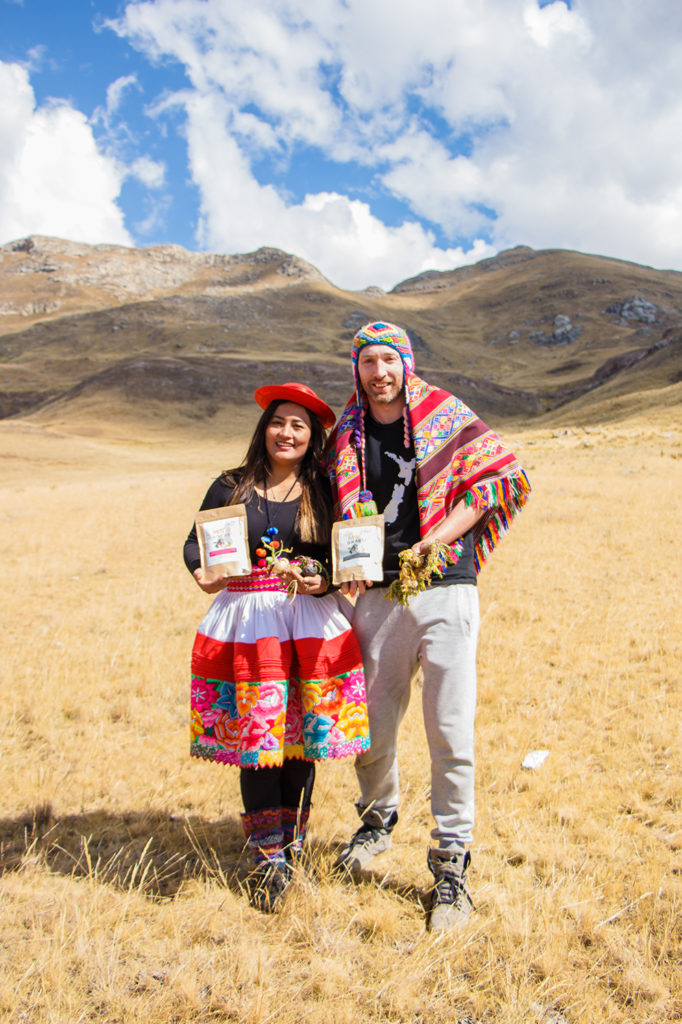
Dr Corin’s story is an inspiring one and I thought rather than me telling it, it would be much nicer for you to hear his own words, so keep reading for a Q+A below… then grab the recipe for this no-bake cacao + maca brownie with caramel icing!
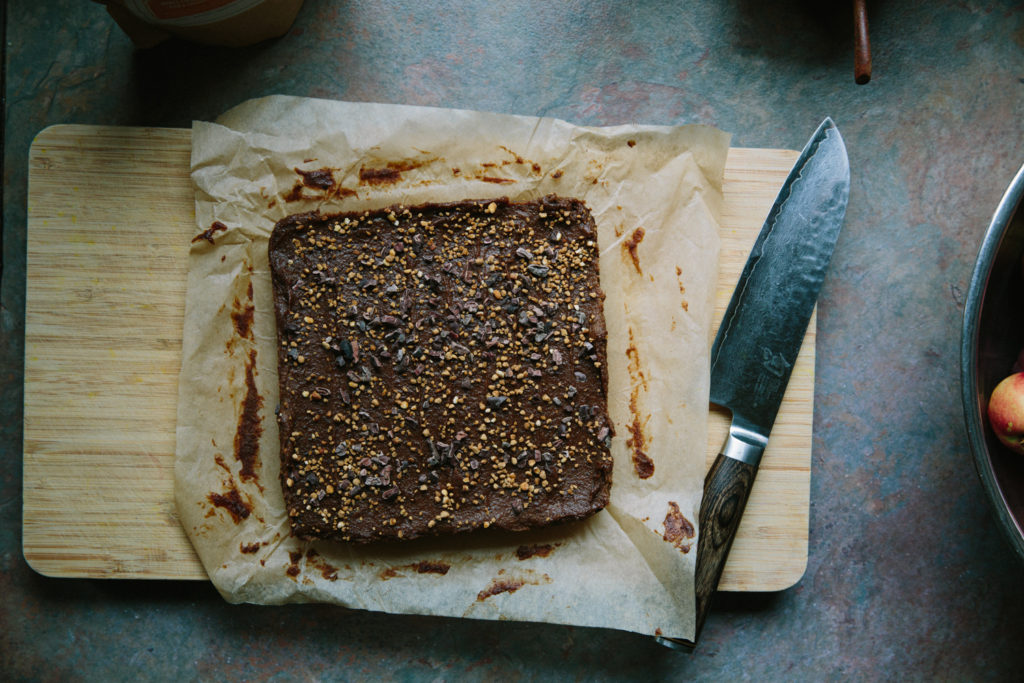
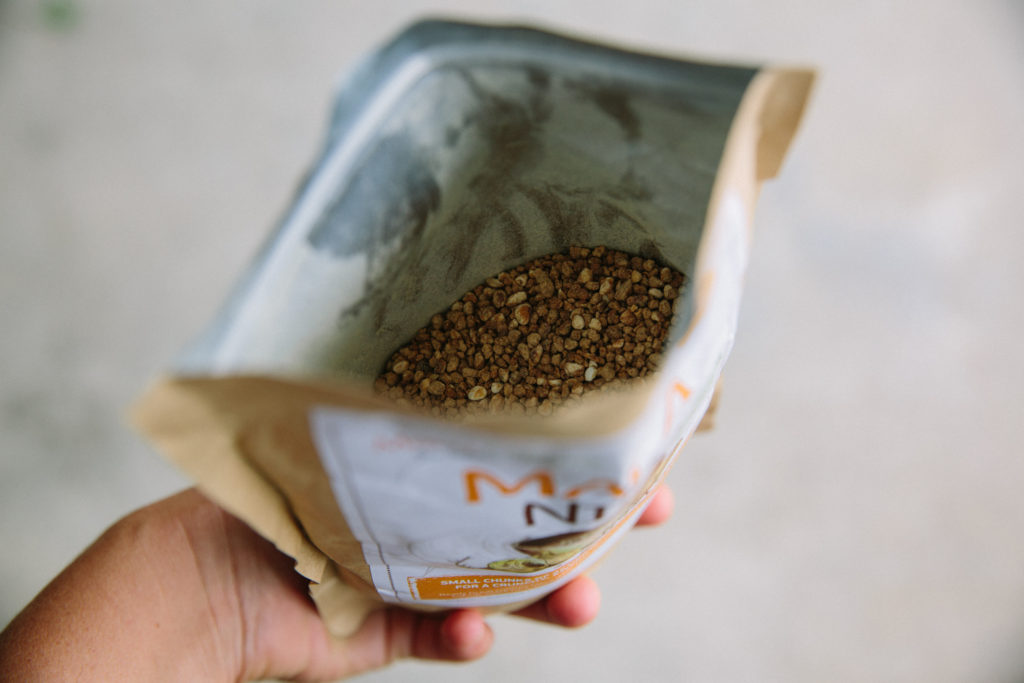
Kia ora Dr Corin, thanks so much for taking the time to answer these questions. Firstly, what is Maca?
Maca root (Lepidium meyenii) is a native indigenous plant medicine known as the ‘food of the brain’ that is cultivated in high altitudes of the Peruvian Andes. Maca is an adaptogen, meaning it helps the brain and body respond and adapt to chemical, emotional or physical stressors and return balance to the body’s natural hormonal functions. Maca is ideal for those dealing with hormonal imbalances, stress, mental health issues, immune dysfunction or neurological conditions as it works to rebalance the body from the core master glands of the brain.
How is Maca traditionally consumed in Peru?
Traditionally maca root is naturally sun dried for 3 months after harvest until rock hard and then boiled into teas, porridges, soups or stews in Peru. The Incan people believe that the medicinal properties are enhanced by sun drying and cooking. Scientific analysis of these techniques have shown the importance of them as maca prepared by these means is much higher in the main active ingredients called macamides. Macamides are unique to maca and not only act as quality markers in maca but also can be used to determine the optimum dose when consuming it,
Can you give us a little bit of an insight into how you first came across Maca and the impact it has had on your life (including meeting your beautiful wife!).
I met Sally whilst on holiday in Peru and was fascinated by her beautiful Andean culture and heritage. After we spent more time together she started feeding me maca to help with my mental health as I had struggled for many years with anxiety and depression. She called maca the ‘food of the brain’ and said it could help a lot to improve my mental health and energy if I took it regularly. I noticed a big change in my mood after about 4 weeks, which I could only attribute towards the maca as nothing else in my diet had changed. It had such a profound effect on me that I came off my antidepressants and had never felt happier before in my life. Learning about her culture, the way they respect and honour plants and their beautiful way of life I felt inspired, so upon returning to Australia, where I was residing at the time I quit my job and moved to Peru. I wanted to join her on her journey to rescue her ancient cultural traditions and bring this beautiful sacred plant to New Zealand and Australia for people like myself to benefit from. We created the business together and set about producing products with our farmer and community that focused on sustainable, ethical and quality artisanal production of maca. We now travel back and forward from Peru and run retreats in the Andes on our farm to share this amazing culture with the world.
What does ‘activated’ Maca mean and why is this so important?
Activated maca is maca that is heat-activated during the production process. When preparing maca the most important thing is to ensure it is not consumed raw, as this may even have negative health effects on the body. Activated maca or gelatinised maca is pre-cooked and safe to consume straight in foods like smoothies or raw dishes, without the need to cook first.
Ethics is an important part of Seleno Health, can you talk about what this means to you and the ways you are ensuring the traditional methods of growing, harvesting and processing are adhered to?
With the Westernisation of Peru and the global demand for their incredible superfoods there has been a huge amount of farmer exploitation, with the communities that produce most superfoods being left with little to nothing while big businesses are profiting. The saddest part is that the incredible culture of Junin is being lost, the sacred ceremonies, the beliefs and traditions are disappearing as the younger generation looks only to the cities and Western culture for the future. We believe that plants have a voice and maca called to us to help protect her and share her story with the world. We created a model of business that focuses on sustainability of maca. Everything we do is about continuing ancient traditions, including sustainable artisanal farming, continuing the ancient maca ceremonies, educating in Peru and New Zealand about the culture of maca and ensuring both our farmer and community are reaping the rewards of all their hard work. We are also inspiring young people from our community with the exciting future of sustainable maca production and eco-tourism to showcase what they have to the world.
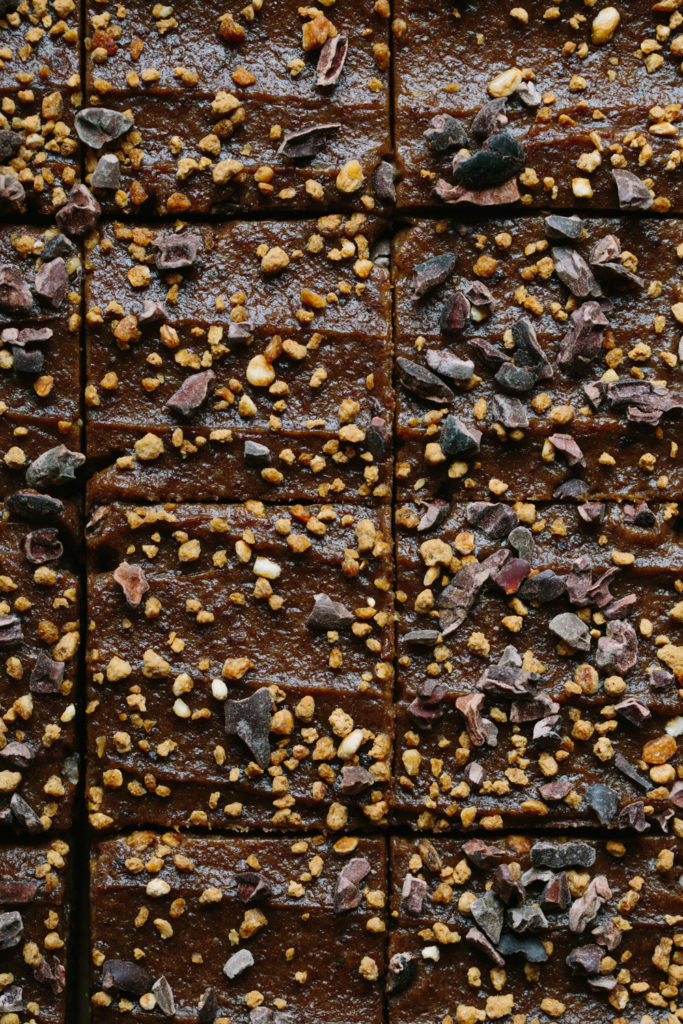
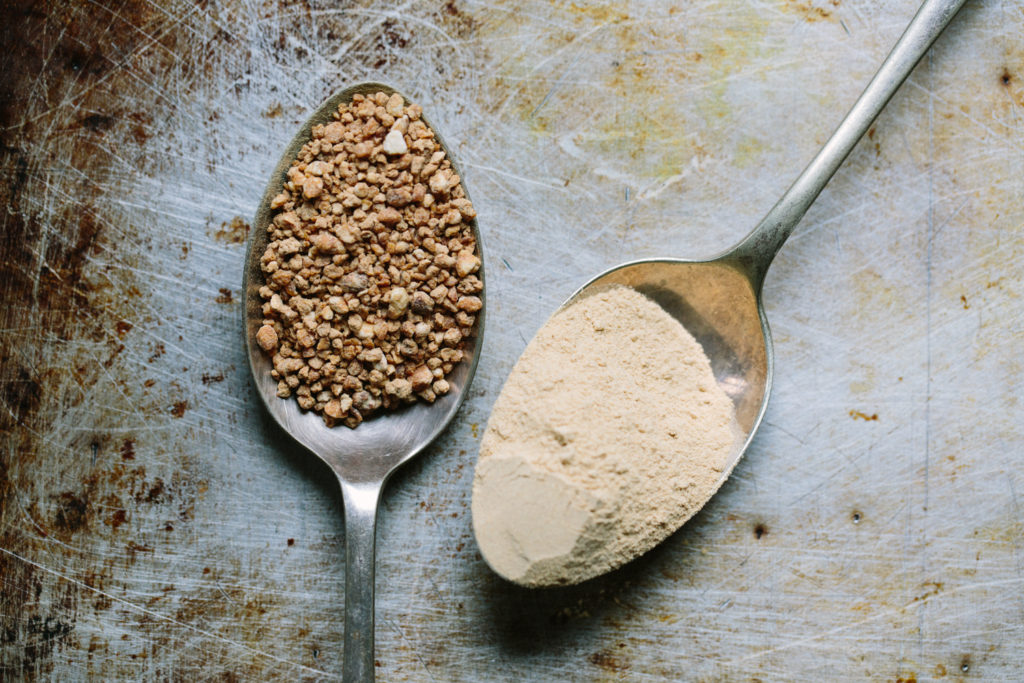
What’s the difference between yellow, red and black Maca and can you give us some examples of the different uses for each one?
There are 3 main maca colours, with each colour having different unique properties. All three colours arise from the same seed crop, so in essence you cannot independently cultivate a single colour. It is just the skin that is coloured so once sun-dried and processed all powders look similar but are used for different conditions. Yellow maca is the most abundant form, it is for balance, resilience and strength. You take yellow maca when you want to prevent illness or to manage general health conditions. Red maca is the second most abundant form, it is for calm, internal harmony and replenishing. It is specifically used for hormonal imbalances, anxiety, stress and other unique conditions like bone health in women and prostate function in men. Black maca is the rarest form of maca, it is for external strength, stamina and brain function. It is specifically used for athletic performance, fatigue, brain fog and unique conditions like libido, sexual function or neurological disorders. You can take a single colour or you can blend the colours to match the symptoms or conditions you would like to treat.
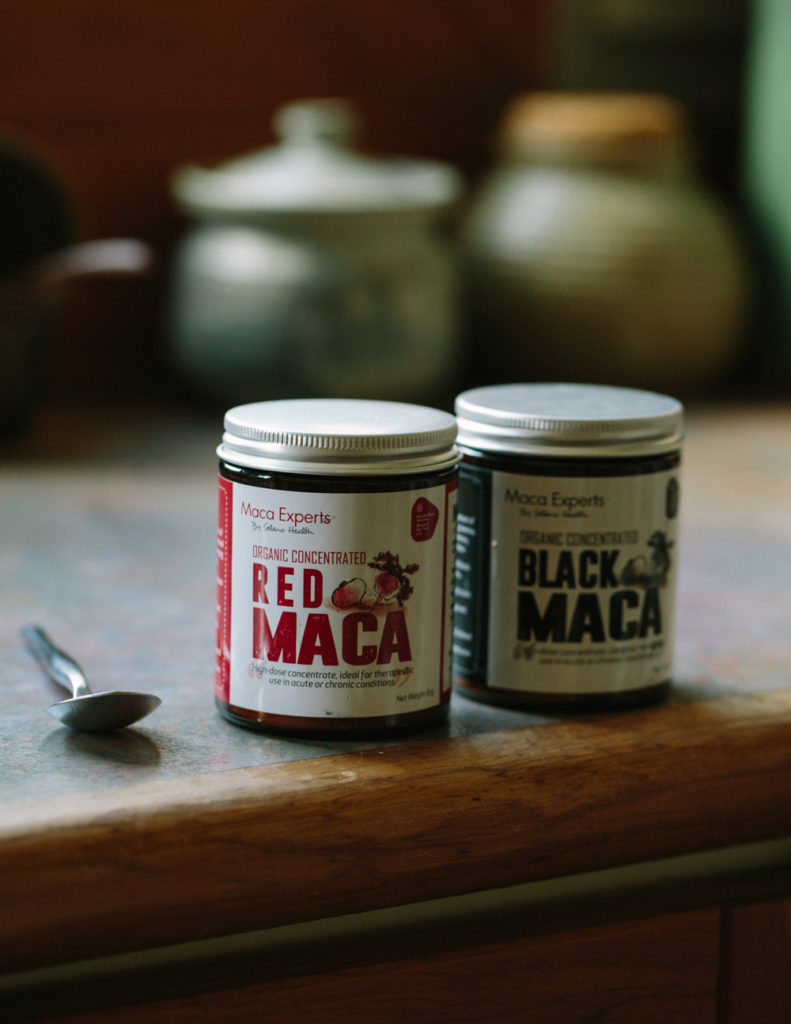
What is your favourite way to use Maca and do you consume/is it safe to consume daily?
Maca comes in a powdered form or in crunchy nibs and can be consumed by adding to or dressing on top of meals, drinks or in tea. It has a rich malt caramel, slight earthy flavour that combines well with spices, fruits and of course cacao and chocolate flavours. Our favourite maca treat is a creamy maca latte made by blending maca powder with warmed oat milk, cinnamon, clove powder, cacao butter and vanilla, then dressing with a sprinkle of maca nibs. It is best to consume maca daily for a minimum 6-12 weeks for optimum benefit, but it can be continued to be consumed daily beyond this timeframe. Maca is a natural plant that is safe to consume, with benefits for women, men, children, young and old.
To buy Seleno Health Maca please follow the links below + use the code ‘lemonthyme’ for 10% off all non-sale items
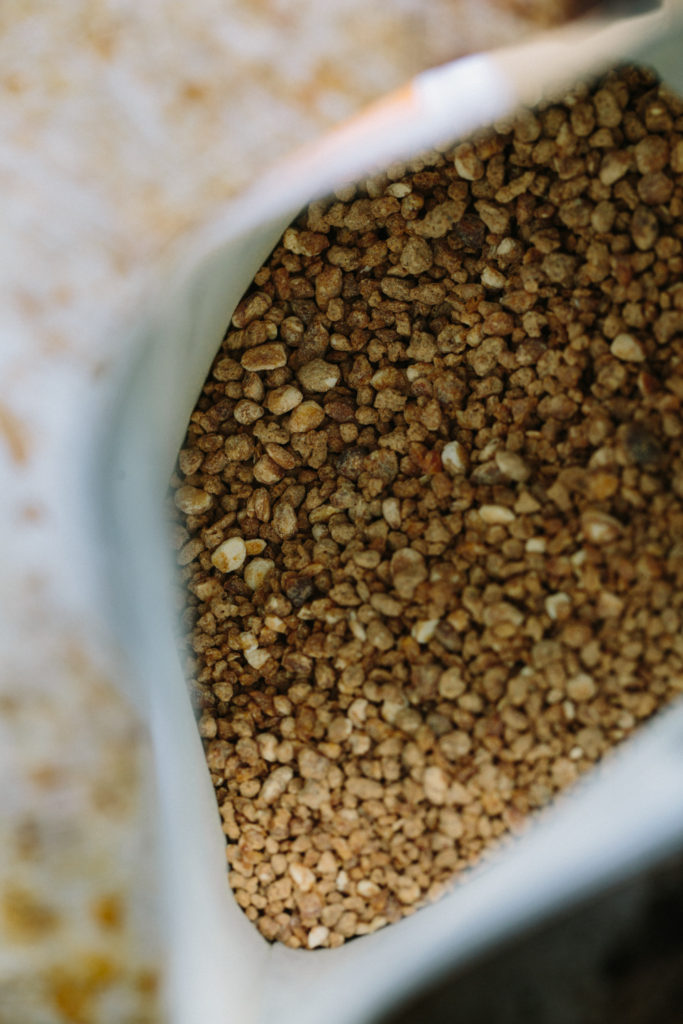
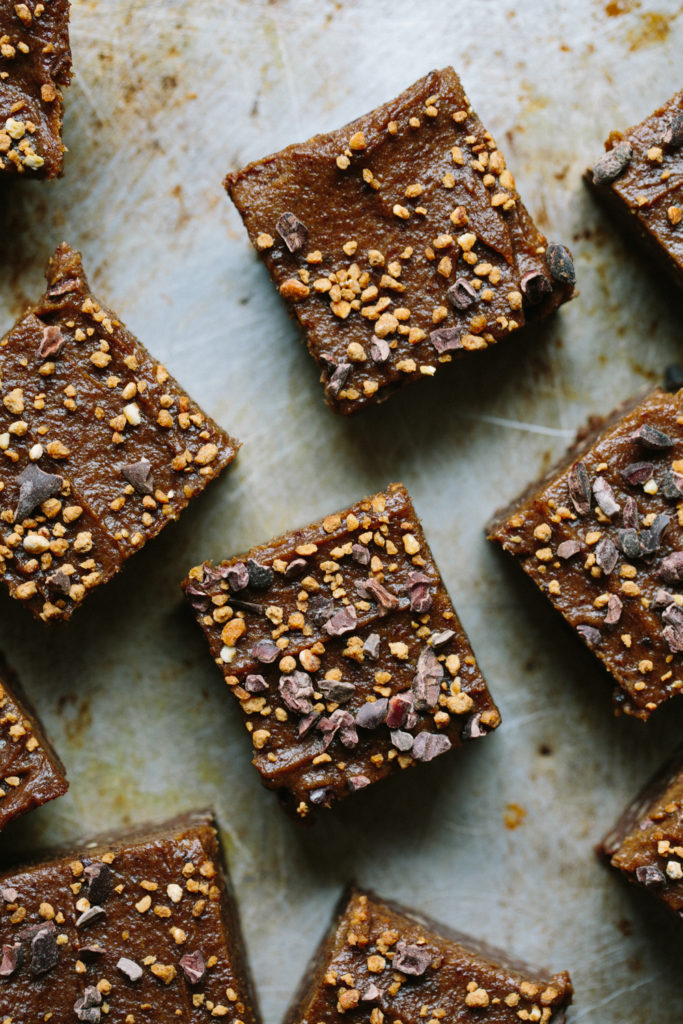
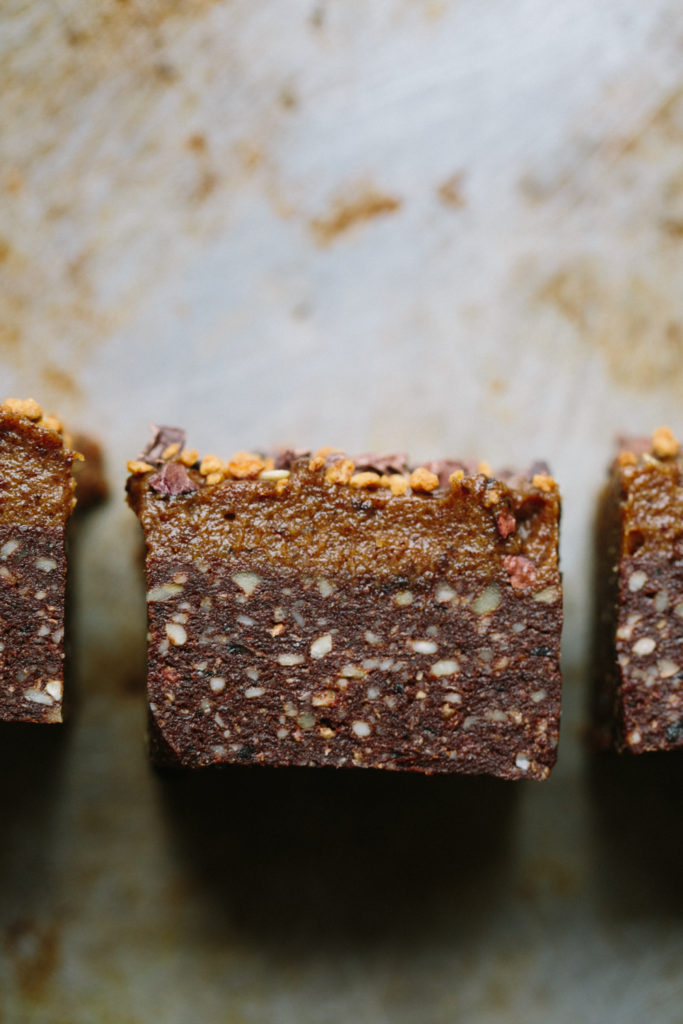
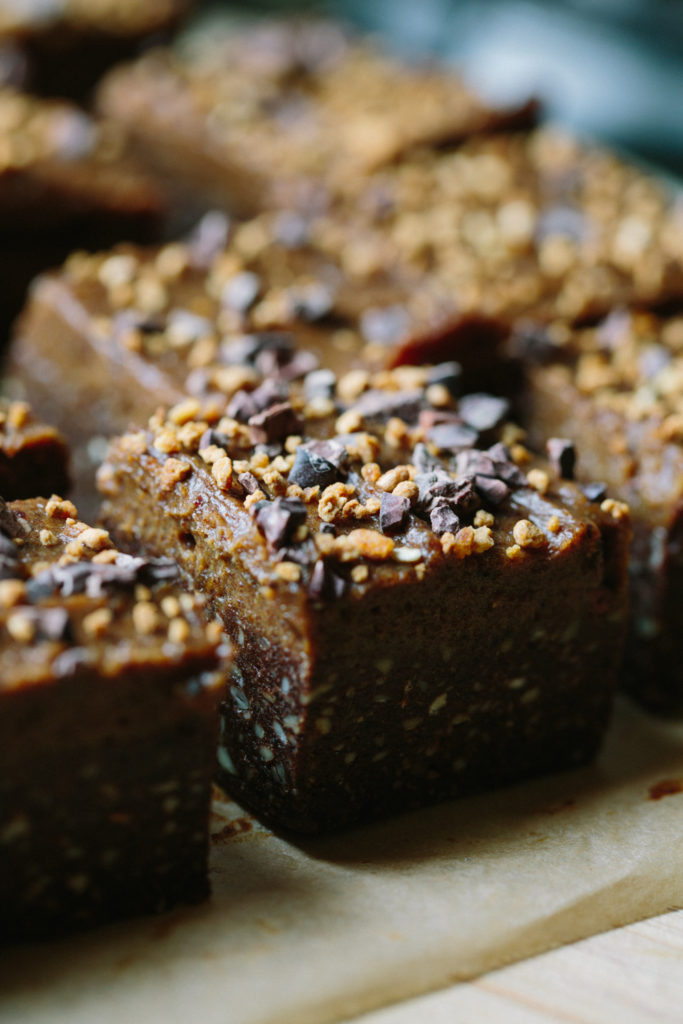
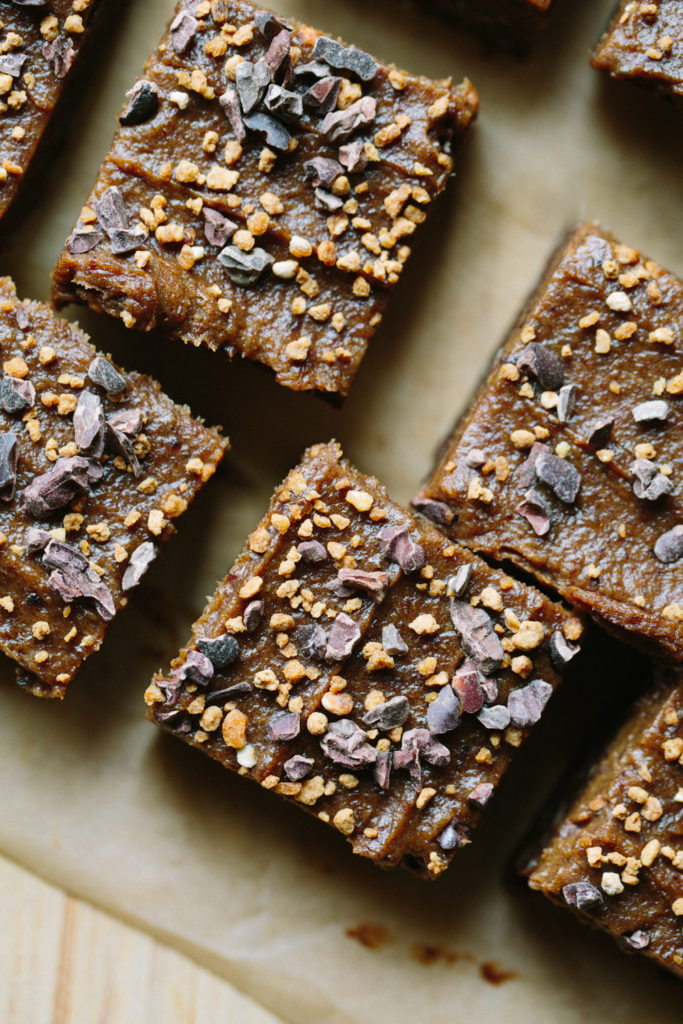
No-bake cacao + maca brownie with caramel icing
Ingredients
- 2 cups (300g) nuts (I used a mixture of almonds, cashews + walnuts)
- 1 1/2 cups (230g) dried pitted dates soaked in boiling water 10 minutes, then drained
- 2 tablespoons Seleno Health Maca powder I used their Maca for Woman blend, but any of their maca powders would be great here (if using either of the concentrated powders, you could reduce amount to 2 teaspoons).
- 2/3 cup (60g) raw cacao or cocoa powder
- 1/2 cup (45g) coconut flour
- 1/4 cup (60ml) brown rice syrup
- 1 teaspoon pure vanilla extract
- generous pinch fine sea salt
Caramel icing
- 1 1/2 cups (235g) dried pitted dates soaked in boiling water 10 minutes, then drained
- 1/3 cup (80ml) coconut milk
- 1 teaspoon Seleno Health Maca Powder again, I used their Maca for Woman Blend, but any/all will work here.
- 1 teaspoon pure vanilla extract
- pinch fine sea salt
- 1 tablespoon Seleno Health Organic Activated Crunchy Yellow Maca Nibs to sprinkle
- 1 tablespoon raw cacao nibs to sprinkle, optional
Instructions
- Line a small square baking tin with baking paper (mine was 20cm x 20cm but as it's not baked, you can use any sized tin/container you have at hand). Place nuts into a food processor and pulse until a coarse flour forms. Add the rest of the brownie ingredients and pulse until a thick paste forms. Transfer mixture to the baking tin and using a lightly oiled spoon, press the mixture in evenly.
- To make the caramel icing, place ingredients (except maca and cacao nibs, if using) into a small food processor (or use a stick blender) and blend until smooth. Spread evenly on top of the brownie, scatter over the maca + cacao nibs, if using and pop into the fridge to chill for at least 2 hours, or overnight. Slice into 16 small squares.
- Store in a lidded container in the fridge for up to a week, or freeze for up to 3 months.

